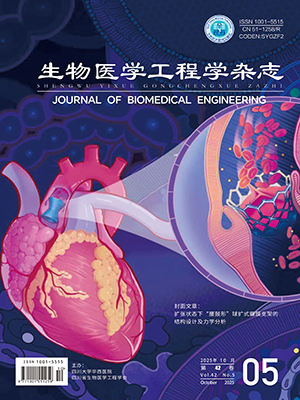The impulsive electroencephalograph (EEG) noises in evoked potential (EP) signals is very strong, usually with a heavy tail and infinite variance characteristics like the acceleration noise impact, hypoxia and etc., as shown in other special tests. The noises can be described by α stable distribution model. In this paper, Wigner-Ville distribution (WVD) and pseudo Wigner-Ville distribution (PWVD) time-frequency distribution based on the fractional lower order moment are presented to be improved. We got fractional lower order WVD (FLO-WVD) and fractional lower order PWVD (FLO-PWVD) time-frequency distribution which could be suitable for α stable distribution process. We also proposed the fractional lower order spatial time-frequency distribution matrix (FLO-STFM) concept. Therefore, combining with time-frequency underdetermined blind source separation (TF-UBSS), we proposed a new fractional lower order spatial time-frequency underdetermined blind source separation (FLO-TF-UBSS) which can work in α stable distribution environment. We used the FLO-TF-UBSS algorithm to extract EPs. Simulations showed that the proposed method could effectively extract EPs in EEG noises, and the separated EPs and EEG signals based on FLO-TF-UBSS were almost the same as the original signal, but blind separation based on TF-UBSS had certain deviation. The correlation coefficient of the FLO-TF-UBSS algorithm was higher than the TF-UBSS algorithm when generalized signal-to-noise ratio (GSNR) changed from 10 dB to 30 dB and α varied from 1.06 to 1.94, and was approximately equal to 1. Hence, the proposed FLO-TF-UBSS method might be better than the TF-UBSS algorithm based on second order for extracting EP signal under an EEG noise environment.
Citation: LONGJunbo, WANGHaibin, ZHADaifeng. Evoked Potential Blind Extraction Based on Fractional Lower Order Spatial Time-Frequency Matrix. Journal of Biomedical Engineering, 2015, 32(2): 269-274. doi: 10.7507/1001-5515.20150049 Copy
Copyright © the editorial department of Journal of Biomedical Engineering of West China Medical Publisher. All rights reserved




